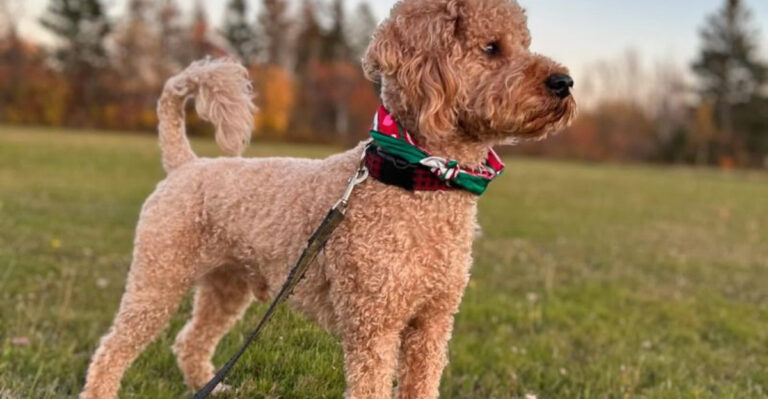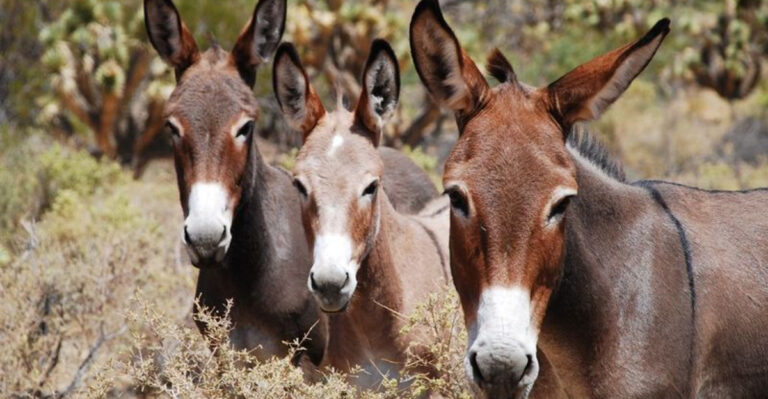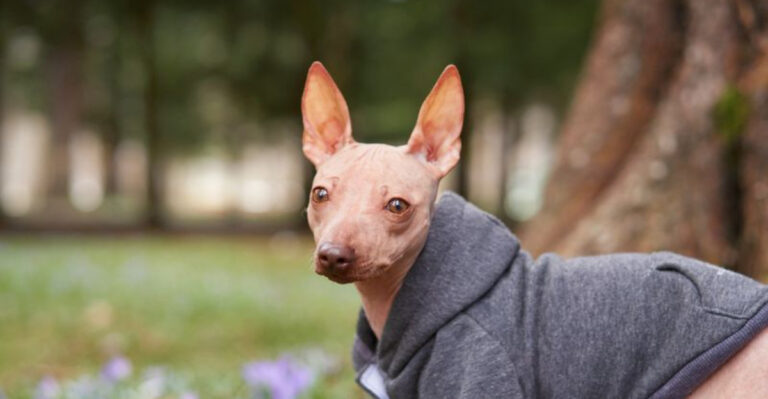14 Birds That Used To Define The Great Plains And Where You Can Find Them Now
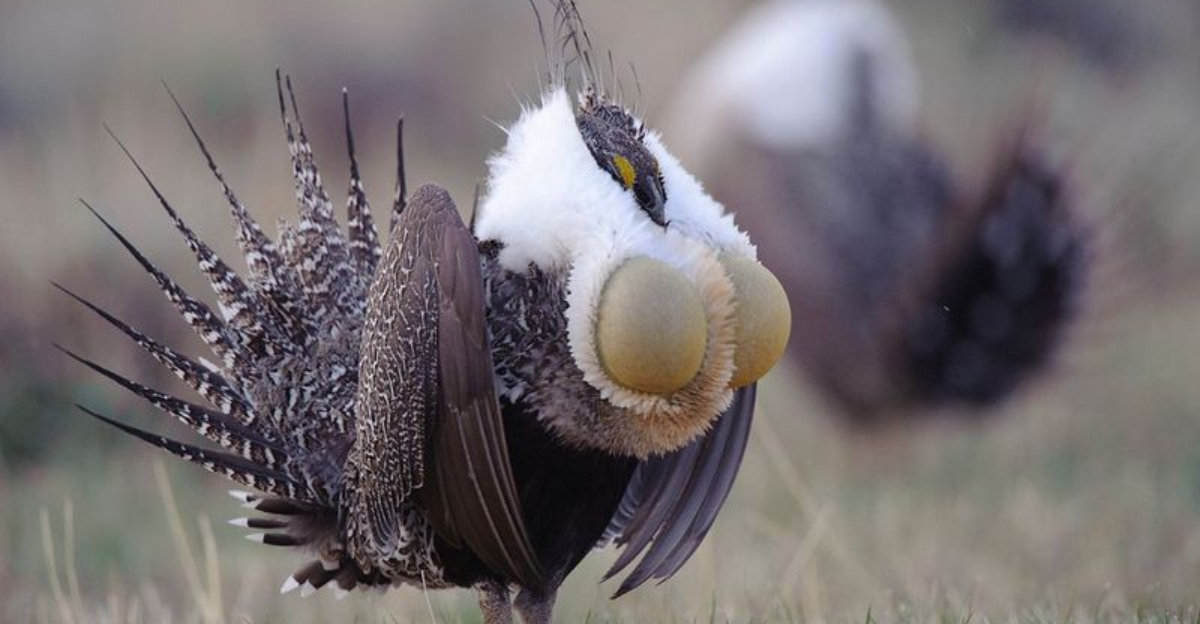
The vast grasslands of the Great Plains once teemed with incredible bird species that shaped the landscape.
From massive flocks that darkened the skies to unique prairie specialists, these birds were as much a part of the plains as the grass itself. Today, many of these iconic species face challenges, but with conservation efforts, you can still witness their beauty in special places across America.
1. The Greater Prairie-Chicken
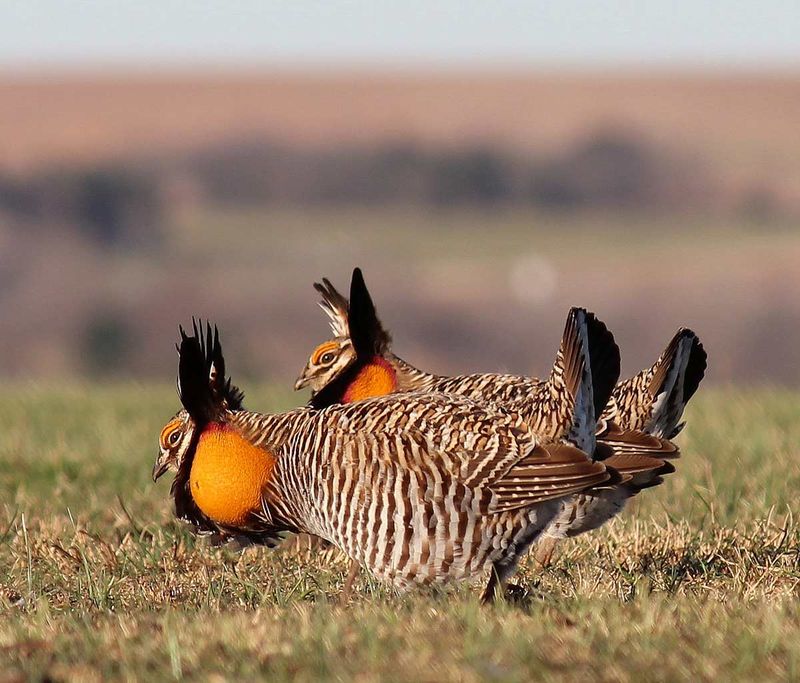
Males puff orange air sacs on their necks and stomp their feet in elaborate courtship displays called ‘booming.’ These remarkable performances once echoed across millions of prairie acres.
Today, visit the Flint Hills of Kansas in spring to witness these dances. The Nature Conservancy’s preserves in Nebraska also offer guided viewing blinds during mating season.
2. The Bald Eagle

America’s national symbol nearly vanished from the Great Plains. DDT pesticides weakened eggshells, causing devastating population crashes by the 1960s.
Their recovery story inspires hope! Spot them now along the Missouri River in winter, especially at Karl E. Mundt National Wildlife Refuge in South Dakota where hundreds gather. Lake McConaughy in Nebraska also hosts impressive winter concentrations.
3. The Red-Headed Woodpecker
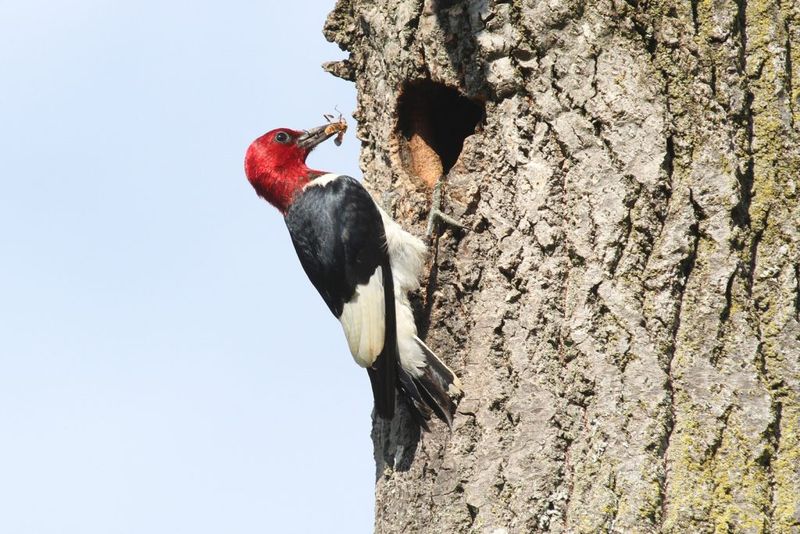
Unmistakable with its crimson head and striking black-and-white pattern, this woodpecker was once abundant in open woodlands throughout the plains. Early settlers called them ‘flying checkerboards.’
Population decline began as settlers removed dead trees. Find them now in Nebraska’s Indian Cave State Park or Kansas’s Cross Timbers region, where they nest in oak savannas and feast on acorns.
4. The Ferruginous Hawk
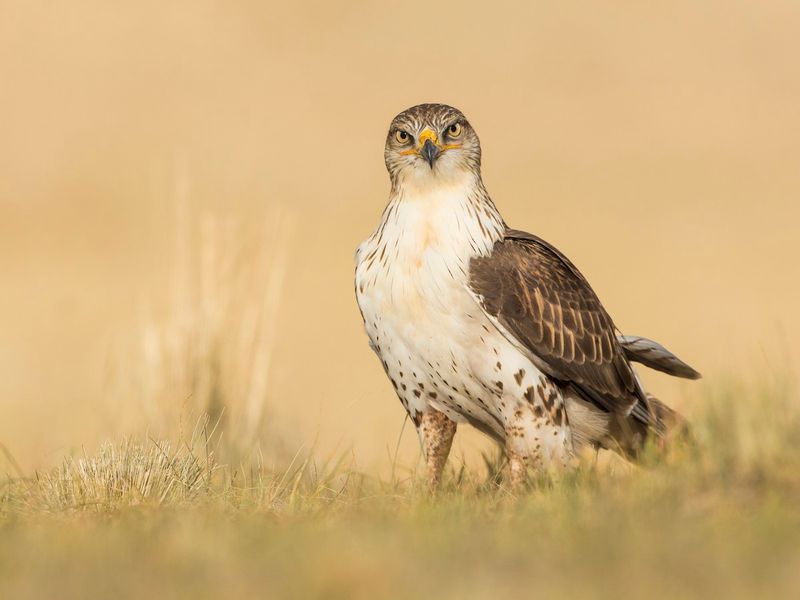
The largest hawk in North America, these rusty-shouldered predators once ruled prairie skies. They adapted perfectly to hunt prairie dogs across the open plains.
Prairie dog town decimation nearly spelled their doom. Today, visit Thunder Basin National Grassland in Wyoming during spring, when nesting pairs return. The Pawnee National Grassland in Colorado also supports healthy populations of these magnificent raptors.
5. The Buffalo Bird
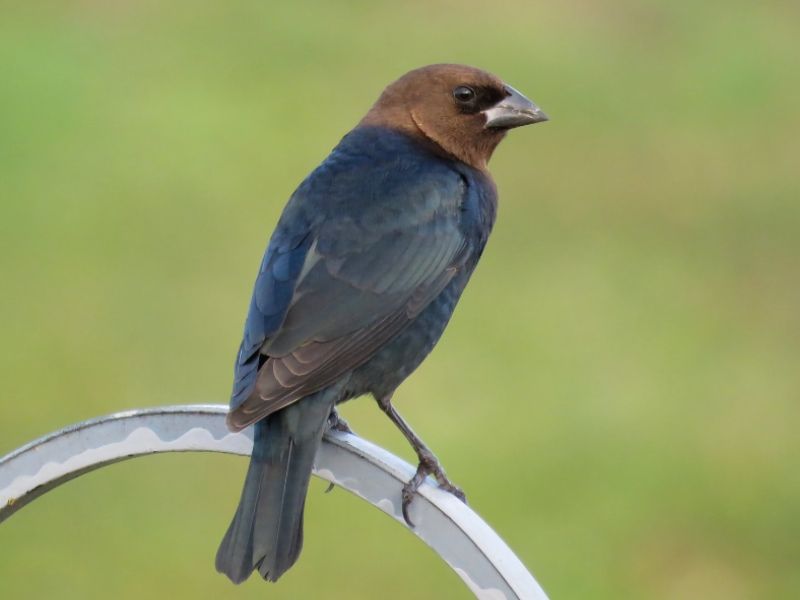
Brown-headed cowbirds earned the nickname ‘buffalo birds’ by following bison herds across the plains. These clever birds feasted on insects stirred up by massive hooves trampling the grass.
When bison disappeared, cowbirds adapted by following cattle instead. Watch this historical relationship rekindled at Tallgrass Prairie National Preserve in Kansas, where bison herds have been reintroduced alongside their feathered companions.
6. The Western Meadowlark
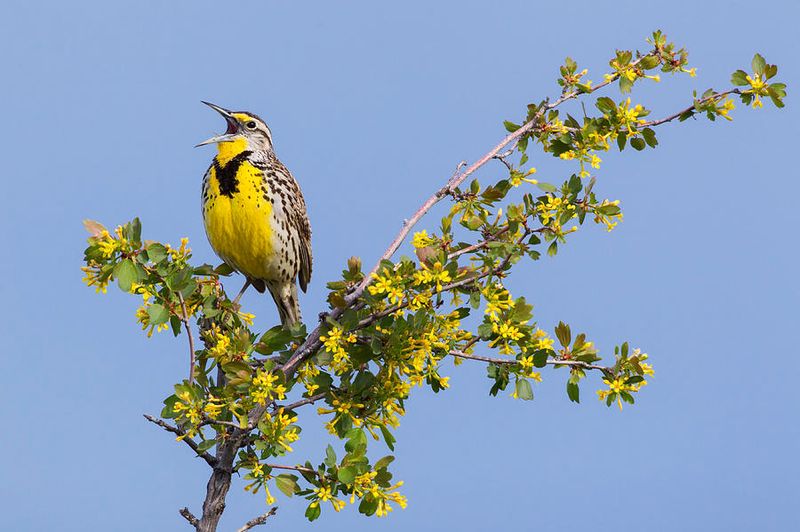
The flute-like melody of the Western meadowlark once served as nature’s soundtrack across the entire Great Plains. Their brilliant yellow breasts brightened prairie mornings for generations of settlers.
Named the state bird of six western states! Hear their cheerful songs today at Custer State Park in South Dakota or Theodore Roosevelt National Park in North Dakota, where native prairie still flourishes.
7. The Eastern Bluebird
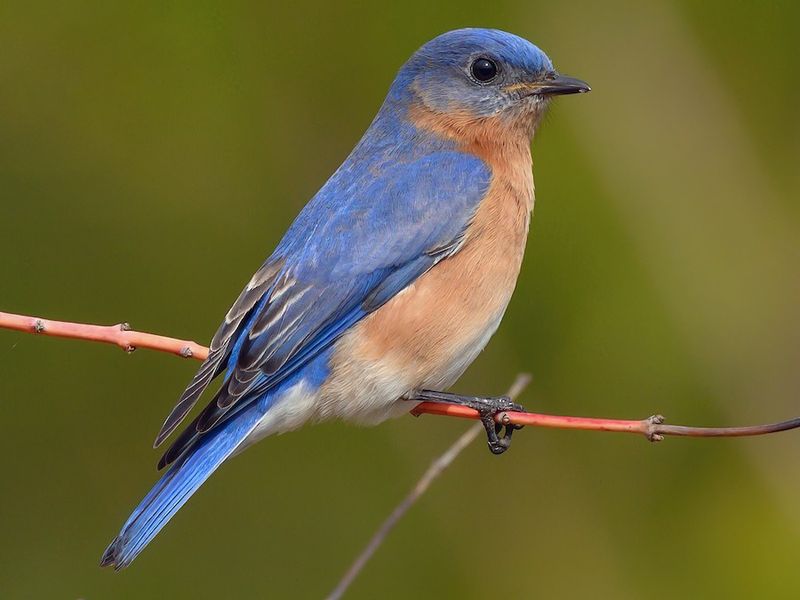
These azure beauties once nested in woodpecker holes along prairie edges. Their gentle warbles and insect-catching skills made them beloved by early farmers.
Introduced starlings pushed bluebirds toward extinction by stealing nest cavities. Thanks to thousands of volunteer-maintained bluebird trails across the Plains, they’ve rebounded spectacularly. Visit Konza Prairie in Kansas to spot them hunting from fence posts.
8. The Sandhill Crane

Ancient birds whose calls echo from prehistory, sandhill cranes have traversed the Great Plains for millions of years. Their spring migration along the Platte River represents one of Earth’s greatest wildlife spectacles.
Visit central Nebraska in March when 500,000+ cranes gather! The Rowe Sanctuary near Kearney offers guided blind tours where you’ll witness thousands bugling at sunrise—a sound unchanged since mammoth roamed the plains.
9. The Northern Pintail Duck
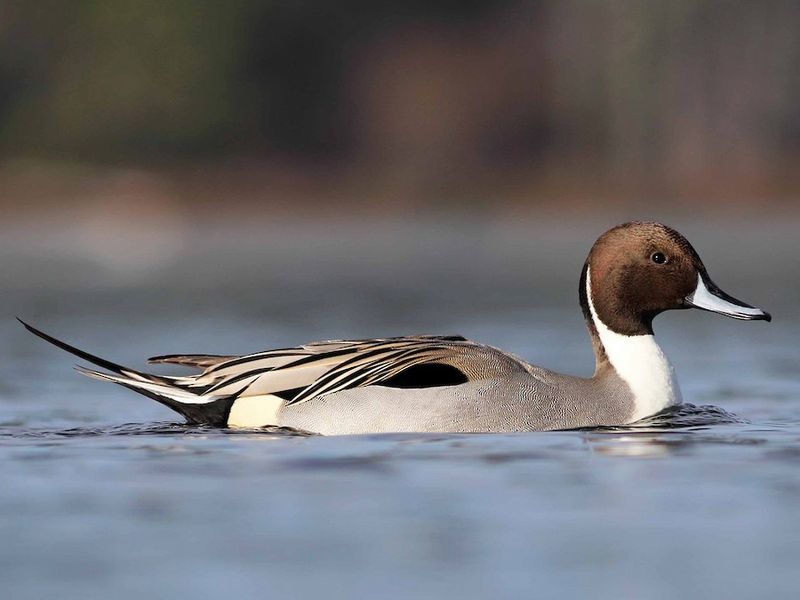
Elegant pintails with their needle-like tail feathers once darkened prairie potholes by the millions. These “greyhounds of the air” are among the fastest ducks, capable of 65mph flights.
Wetland drainage decimated their numbers. Spot remaining flocks at Cheyenne Bottoms Wildlife Area in Kansas during spring migration. The Prairie Pothole Region of North Dakota also hosts breeding pairs where wetlands remain intact.
10. The Prairie Falcon

Swift hunters perfectly adapted to wide-open spaces, prairie falcons once patrolled the entire Great Plains. Their sandy coloration blends seamlessly with the earth tones of the prairie landscape.
Unlike their eastern peregrine cousins, prairie falcons weathered DDT’s effects better. Watch them hunt at Badlands National Park in South Dakota, where they nest on eroded clay formations. Wyoming’s Shirley Basin also supports healthy populations.
11. The Short-Eared Owl
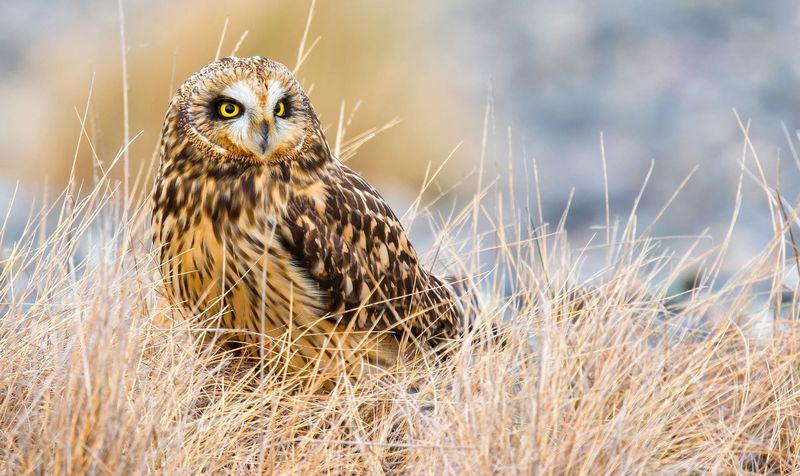
Unlike most owls, these grassland specialists hunt in broad daylight! Their bouncing, moth-like flight once graced prairies from Texas to Canada as they hunted voles and mice.
The loss of native grasslands pushed them into remaining patches. Winter brings concentrations to protected areas like Quivira National Wildlife Refuge in Kansas. Visit at dusk to watch them emerge for evening hunts across the marshes.
12. The Long-Billed Curlew
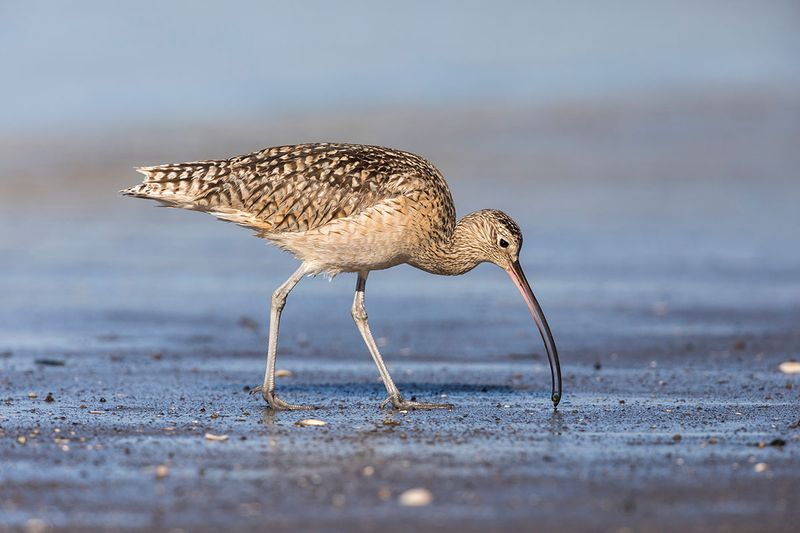
North America’s largest shorebird sports an extraordinary downward-curved bill that can exceed 8 inches! These remarkable birds once probed every prairie for grasshoppers and beetle larvae.
Their haunting, bubbling calls now echo in fewer places. The Pawnee National Grassland in Colorado offers prime viewing opportunities in April and May. Montana’s Charles M. Russell Wildlife Refuge also hosts nesting populations on intact prairie.
13. The Northern Harrier
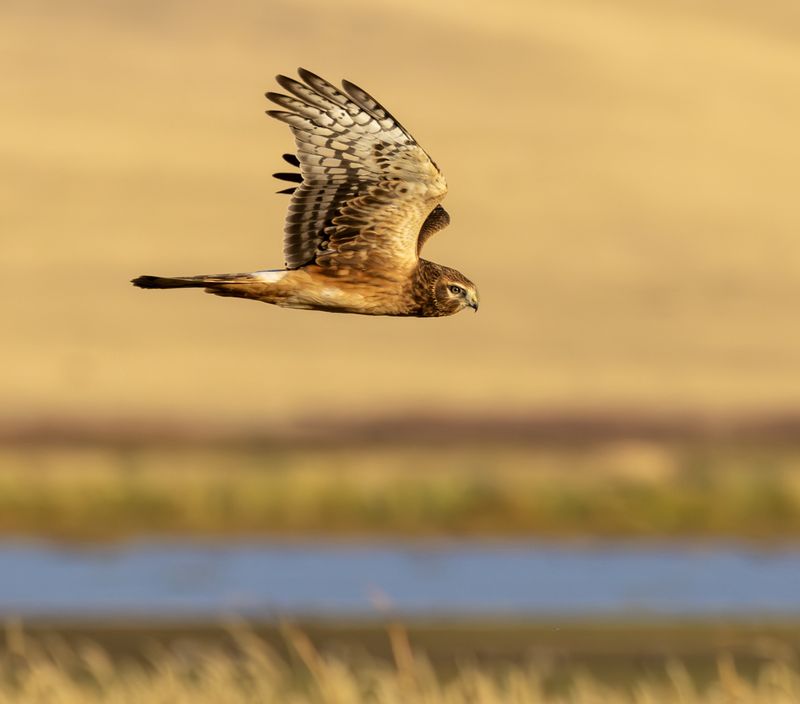
Ghost-like gray males and brown females glide just above the grassland, their owl-like faces helping them hunt by sound. Plains travelers once watched them quarter endless prairies in search of rodents.
Unlike many raptors, harriers nest directly on the ground in tall grass. Spot their distinctive low-flying hunting style at Neal Smith National Wildlife Refuge in Iowa, where restored tallgrass prairie provides ideal habitat.
14. The Sage Grouse
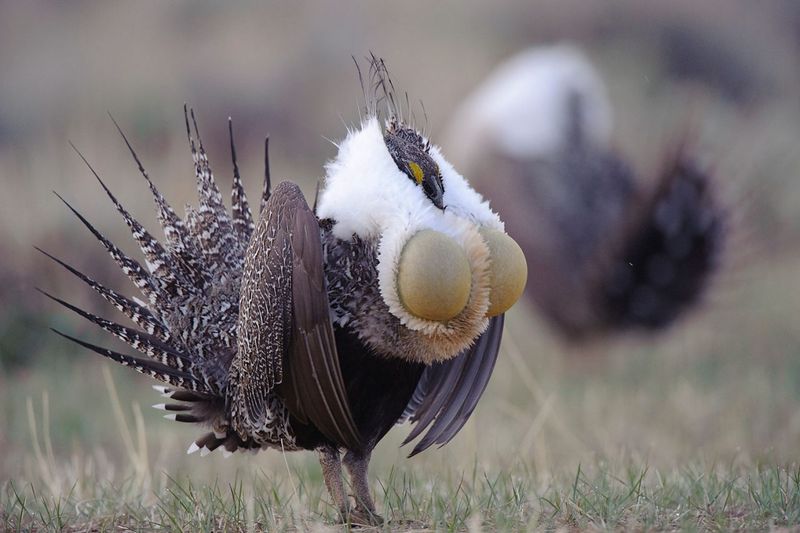
Males inflate bizarre yellow throat sacs and fan spiky tail feathers in otherworldly dawn dances. These bizarre rituals once played out across western sagebrush plains by the thousands.
Energy development fragmented their habitat critically. Visit Wyoming’s sage grouse viewing areas near Pinedale in April to witness remaining leks. Hart Mountain National Antelope Refuge in Oregon also protects important populations of these strange, spectacular birds.


